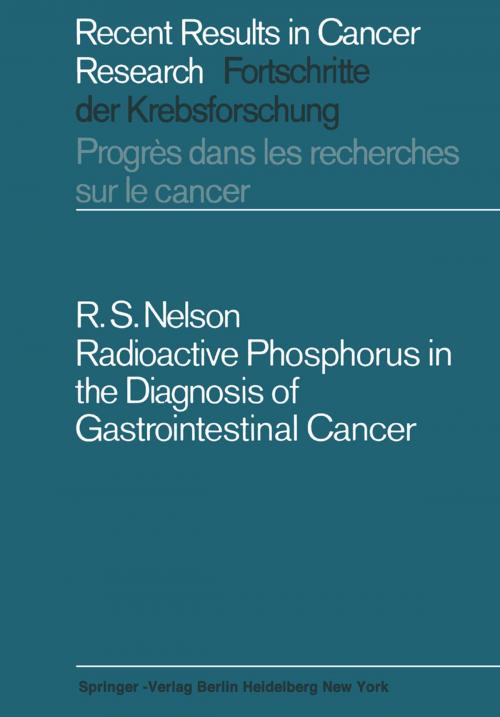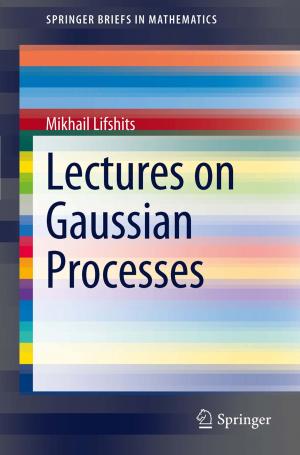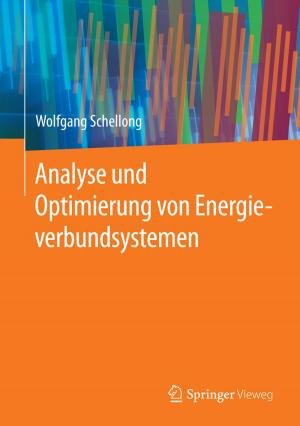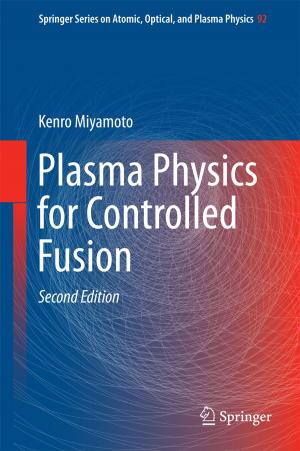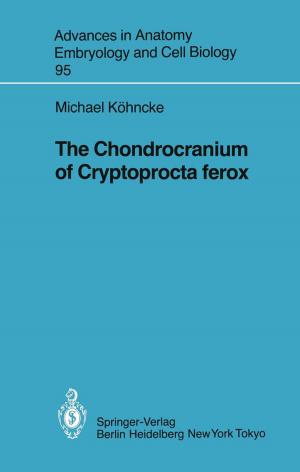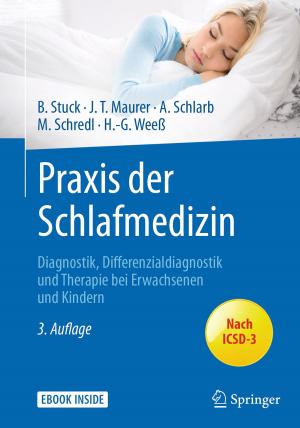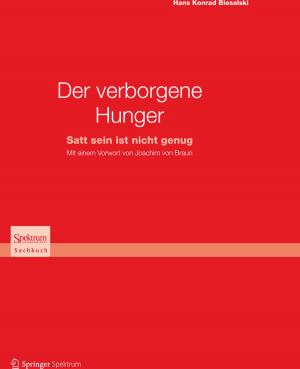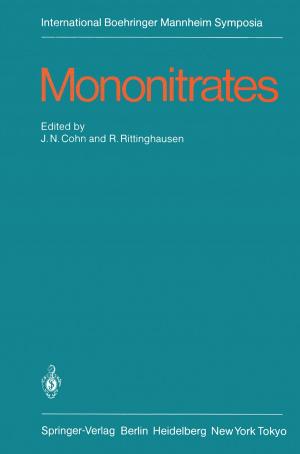Radioactive Phosphorus in the Diagnosis of Gastrointestinal Cancer
Nonfiction, Health & Well Being, Medical, Specialties, Oncology| Author: | Robert S. Nelson | ISBN: | 9783642999260 |
| Publisher: | Springer Berlin Heidelberg | Publication: | December 6, 2012 |
| Imprint: | Springer | Language: | English |
| Author: | Robert S. Nelson |
| ISBN: | 9783642999260 |
| Publisher: | Springer Berlin Heidelberg |
| Publication: | December 6, 2012 |
| Imprint: | Springer |
| Language: | English |
The diagnosis of cancer in the inaccessible regions of the gastrointestinal tract is difficult at best. Neoplasia frequently advances insidiously and largely without the patient's knowledge. Ideally, simple survey tests applied periodically to those segments of the population considered most susceptible should be available. For all practical purposes such means of diagnosis are nonexistent. Those who specialize in gastro intestinal cancer must, therefore, do the best they can. The best consists of many means, all good in themselves, but often subject to failure or misinterpretation of results. Any aid which will give even a small amount of positive information to tip the balance for or against the diagnosis of cancer in an obscure situation must be considered of value to the gastroenterologist. The material presented in this volume represents our experience with such an aid over the past eight years. The use of radioactive phosphorus (P3l!) and a miniature Geiger counter to record the differences in beta emission over tumors as compared to normal tissue now appears clinically useful in the diagnosis of gastrointestinal malignancy where the organ is available for such instrumentation. An attempt has been made to present the findings as objectively and as specifically as possible so as to provide maximum assistance to other gastrointestinal oncologists as well as others who have only a general interest in the subject.
The diagnosis of cancer in the inaccessible regions of the gastrointestinal tract is difficult at best. Neoplasia frequently advances insidiously and largely without the patient's knowledge. Ideally, simple survey tests applied periodically to those segments of the population considered most susceptible should be available. For all practical purposes such means of diagnosis are nonexistent. Those who specialize in gastro intestinal cancer must, therefore, do the best they can. The best consists of many means, all good in themselves, but often subject to failure or misinterpretation of results. Any aid which will give even a small amount of positive information to tip the balance for or against the diagnosis of cancer in an obscure situation must be considered of value to the gastroenterologist. The material presented in this volume represents our experience with such an aid over the past eight years. The use of radioactive phosphorus (P3l!) and a miniature Geiger counter to record the differences in beta emission over tumors as compared to normal tissue now appears clinically useful in the diagnosis of gastrointestinal malignancy where the organ is available for such instrumentation. An attempt has been made to present the findings as objectively and as specifically as possible so as to provide maximum assistance to other gastrointestinal oncologists as well as others who have only a general interest in the subject.
